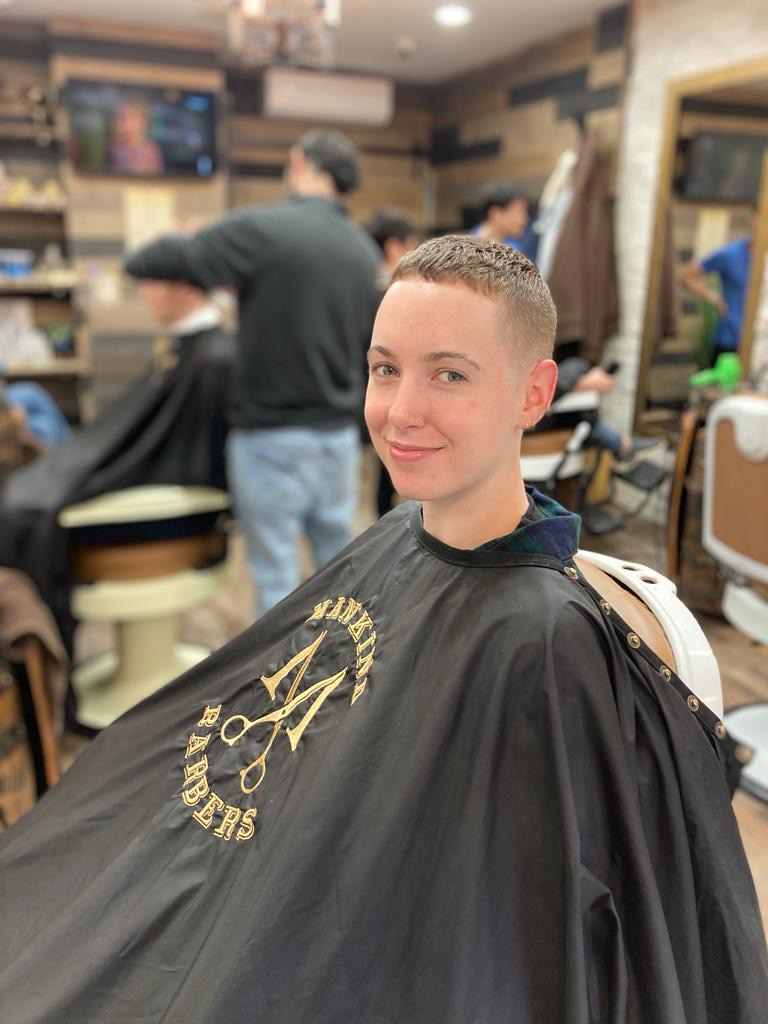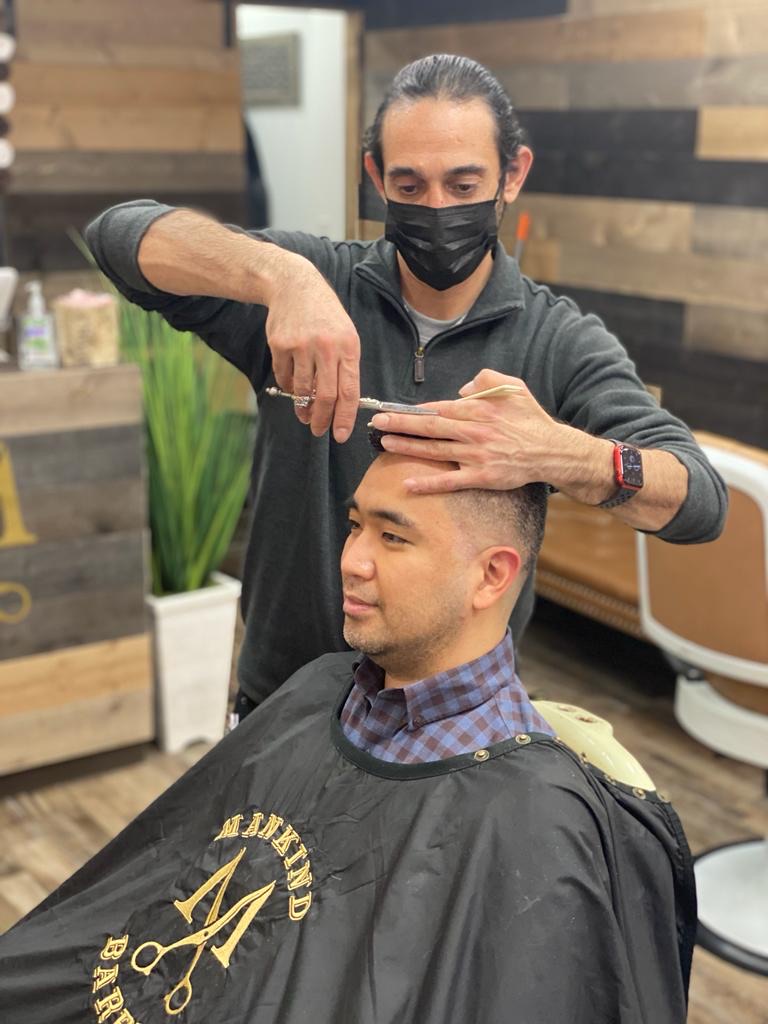Frequently Asked Questions
Men transitioning from short to medium-length hair can explore several stylish hairstyles that complement their evolving locks. The textured crop is ideal, offering a trendy yet low-maintenance option with its tousled appearance and layered finish, which adds volume and dimension. Another great choice is the side part hairstyle, where longer top sections are expertly combed over while keeping the sides tapered or faded for a clean look; this creates contrast and sophistication during the transition phase. Moreover, incorporating an undercut allows men to maintain shorter lengths on the sides while allowing for more length on top, enabling versatility in styling options such as slicking back or creating messy waves. Additionally, styles like the bro flow embrace natural growth patterns by letting hair fall naturally around the face—perfect for achieving a relaxed vibe during this transformation period. Overall, these hairstyles not only enhance facial features but also serve as practical solutions to manage unruly strands while ensuring fashionable appeal throughout the journey of growing medium-length hair.
During the awkward phases of hair growth, individuals can maintain a professional appearance by opting for versatile hairstyles that accommodate varying lengths and textures. A neatly styled half-up bun or a polished low ponytail can elegantly manage unruly strands while exuding sophistication. Incorporating accessories such as understated barrettes or sleek headbands enhances the overall look without appearing overly casual. Texturizing sprays may be utilized to create volume, giving body to limp hair during transitional stages, while subtle braiding techniques offer an alternative that keeps shorter layers in check. Furthermore, regular trims ensure split ends are minimized, allowing for healthier-looking hair regardless of its current length; thus promoting confidence and professionalism throughout this often challenging period of growth.
To achieve a polished look while growing out longer hair, individuals should incorporate a regimen that includes high-quality leave-in conditioners and lightweight styling creams to enhance texture and manageability. Utilizing nourishing serums infused with natural oils, such as argan or jojoba oil, can provide essential hydration and shine without weighing the hair down. Regular use of heat protectants is crucial when applying thermal tools like flat irons or curling wands to maintain sleekness and prevent damage during the growth phase. Complementing this routine with regular trims every 6-8 weeks helps eliminate split ends while promoting healthier appearance overall. Additionally, incorporating scalp treatments rich in vitamins can support healthy hair follicles for optimal growth results. Opting for silk or satin pillowcases may further reduce friction on strands overnight, ensuring they remain smooth and frizz-free throughout their transition into longer hairstyles.
To effectively manage split ends as hair grows, individuals should incorporate specific grooming techniques into their hair care routine. Regular trimming every 6 to 8 weeks can help eliminate damaged ends and prevent further splitting. Utilizing a wide-tooth comb while detangling wet hair minimizes breakage, while applying leave-in conditioners or anti-frizz serums enhances moisture retention and protects the cuticle layer. Employing heat protectants before styling with tools such as flat irons or blow dryers reduces thermal damage, which is often a contributor to split ends. Additionally, incorporating nourishing oils like argan or jojoba can improve overall hair health by providing essential fatty acids that strengthen strands from root to tip. Maintaining hydration through adequate water intake and using sulfate-free shampoos also supports optimal scalp health and promotes smoother follicles, ultimately reducing the likelihood of developing split ends during the growth process.
Different face shapes significantly influence hairstyle choices for men when growing out their hair, as each shape has unique characteristics that can either complement or clash with various styles. For instance, individuals with oval faces often have the versatility to experiment with a range of hairstyles, from long flowing locks to textured layers and side-swept bangs; these options enhance facial symmetry. Conversely, those with square faces may benefit from longer styles that soften angular features, such as messy fringes or tousled waves that add volume on top while maintaining shorter sides. Men possessing round face shapes might opt for hairstyles that create height and elongate the appearance of their visage—think quiffs or pompadours—that draw attention upward rather than sideways. Meanwhile, heart-shaped faces are well suited for medium-length cuts paired with soft curls or side-parted looks which balance broader foreheads and narrower chins. Ultimately, understanding how different hair textures (like straight versus curly) interact with specific face structures allows men to make informed decisions about growing out their hair in ways that maximize aesthetic appeal and personal style preferences.

